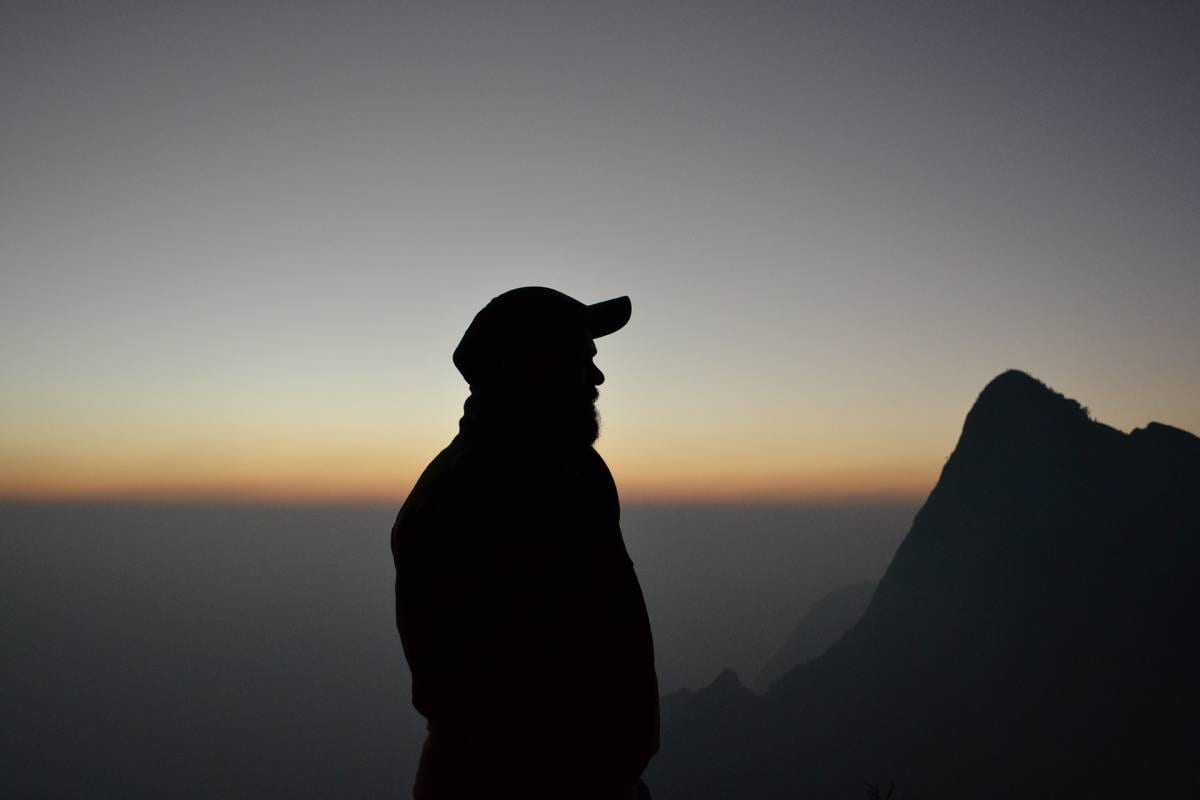
Written by Paul Van Dam in collaboration with Lisa Rutherford
Having just celebrated my 78th birthday, my mind wanders to thoughts of our planet, the humans that inhabit it, and what’s needed for our well-being now and in the future. I know that my own well-being requires time for solitude and reflection and that without it my ability to develop my own aptitudes for peace and being able to deal effectively with others become challenged. I believe that all humans have similar needs and that, when not satisfied, people become unable to deal effectively with each other and themselves.
There are different ways of finding opportunities for solitude and reflection. Some find it in their religions while others find it in nature or other activities. I often find mine in music but also find it in nature to a great extent. This is why I believe it’s so important to have special places close by where I can recreate myself and get close to nature and, therefore, the creator, whatever or whoever one deems that to be.
This leads me to local issues that tie into these ideas. In the next several decades, as Washington County grows to 500,000 or more people, the Red Cliffs Desert Reserve and our two NCAs (Red Cliffs and Beaver Dam Wash) will face more pressure from added population and tourism. These areas offer citizens and visitors the opportunity to get away from the day-to-day hubbub and connect with nature and themselves. If protected, they will remain areas that all Washington County residents and visitors—current and future—can enjoy with respect and feel proud to have as special places in a sea of rapid growth and activity. They will be places where people can renew themselves and feel better about themselves and others.
In particular, Red Cliffs NCA and the Red Cliffs Desert Reserve will face serious challenges. Already, due to the reserve’s and NCA’s urban proximity, the area receives heavy use, and the effects are evident. The proposed Northern Corridor is not the only challenge facing our reserve and NCA.
Social trails—areas where well-meaning visitors go off-trail—are occurring more often. The social trails cause damage to critical soils and lead to ground disturbance that encourages the growth of non-native and destructive plants. Loose dogs in the area are also a problem.
If these special places where humans can recreate themselves, find solitude, and establish harmony in their lives are diminished by overuse and poor decisions, they will not remain places that provide these important opportunities that help develop happy, healthy humans who can get along and contribute to our world’s future.
Activities in the reserve and NCAs will require more management so that residents and visitors are not allowed to misuse these sensitive areas. While we pave over the rest of Washington County’s “paradise,” there need to remain special areas that are off limits to the stresses that growth will bring.
The BLM is taking public comments on their Resource Management Plan (RMP) until Nov. 16. This plan will determine how these areas will be managed in the future for the well-being of the various species they protect but also for the humans who enjoy them.
All of our citizens have the opportunity now to help protect these areas for themselves, their loved ones, visitors, and future residents. Alternative B and Alternative C in the RMP do not include a Northern Corridor route. Alternative A, which mimics the current management of the two NCAs and other BLM lands in Washington County, would probably leave this contentious and damaging road issue open to further debate rather than sending road planners and leaders back to the drawing boards to better manage our area’s traffic needs.
Although the BLM supports Alternative B, which provides more protection than Alternatives A and D, it provides less protection than Alternative C and I believe will not satisfy the needs of our NCAs, particularly Red Cliffs. Citizens can find more information at the BLM’s website and Citizens for Dixie’s Future website.
Last month in her World Peace Gardens article, “Peace on Paper: The bigger picture, loneliness, and solitude,” Ann B. Goddard talked about how being prepared can lead to serenity when a possible disaster is at hand. We are not facing a disaster when it comes to our reserve and NCAs now, but what disasters may unfold in the future in these pristine areas, which depend on our protection and will serve our human needs in the future, if we don’t support them and prepare them properly for that future?



